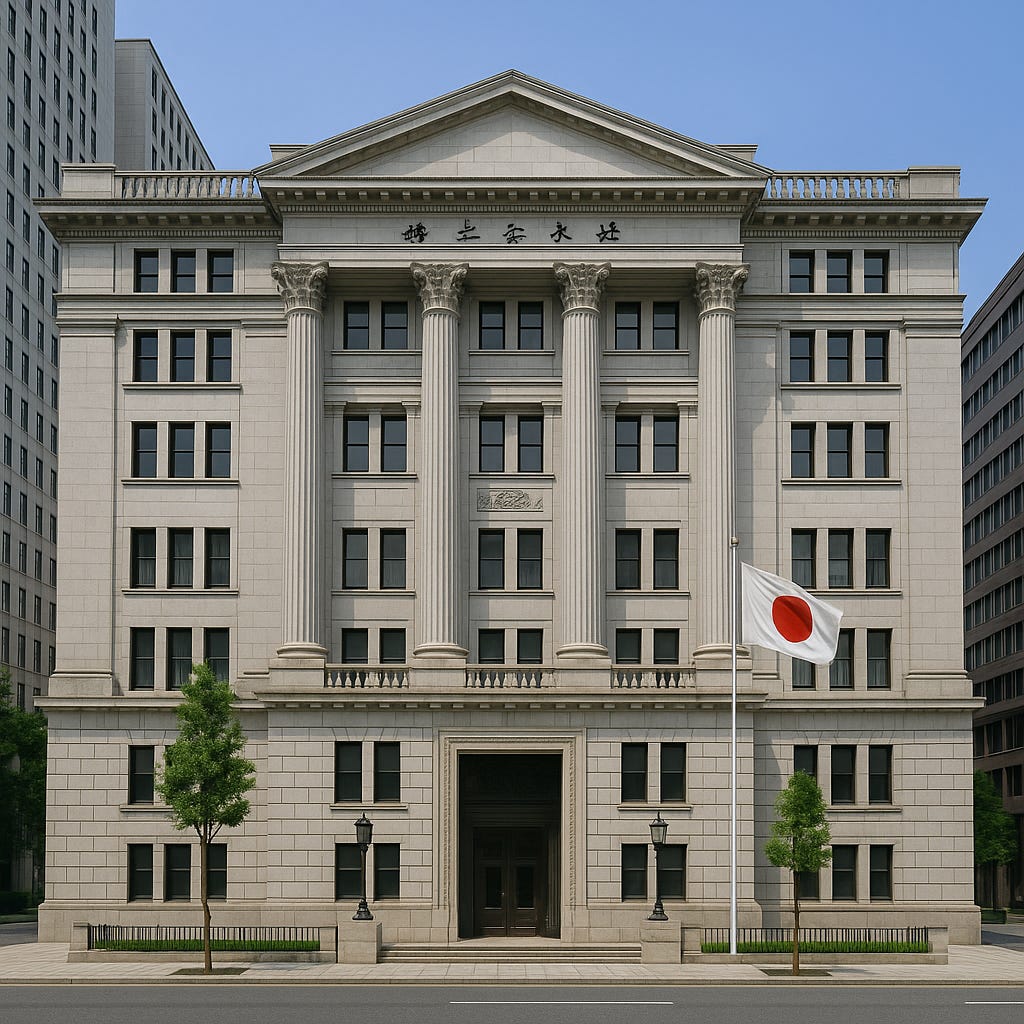Built to Last: The Hidden Fortresses of Japanese Capitalism
In the West, a company celebrating its 100th anniversary is a rarity—an outlier etched in gold. In Japan, that’s just the start.
The Silent Giants of Global Trade
If you’ve never heard of Japan’s Sōgō Shōshas, that’s not your fault—it’s by design. These firms operate in the background of global capitalism, quietly orchestrating supply chains, financing energy infrastructure, managing logistics, and even deploying satellites. They touch nearly every corner of the global economy—yet rarely make headlines.
These are the trading houses of Japan: Mitsui, Mitsubishi, Itochu, Sumitomo, Marubeni, and Sojitz. Conglomerates so vast, so deeply embedded in the nation’s economic DNA, that to understand them is to glimpse a different kind of capitalism—one rooted not in quarterly earnings, but in generational thinking.
Longevity by Design
Some of these firms trace their origins back to the Edo period. Mitsui, for example, dates back to the 1600s. Let that sink in. In a world where Silicon Valley startups vanish in five years, Mitsui has endured earthquakes, world wars, technological revolutions, and global depressions. It didn’t just survive—it evolved.
This isn’t a coincidence. It’s cultural. It’s structural.
And it’s investable.
The Hidden Moat: Culture and Control
What makes these conglomerates so durable?
Cross-shareholdings – Often criticized in Western finance for capital inefficiency, these actually act as stabilizers in turbulent markets.
Vertical integration – Many Shōshas own entire value chains—from raw materials to final product delivery.
Talent development – Lifetime employment fosters deep loyalty, institutional memory, and long-term thinking.
Natural diversification – These firms span sectors and geographies, creating built-in resilience that’s difficult to replicate.
Why This Matters Now
For decades, global investors ignored these giants. They were deemed too complex, too opaque, too… Japanese.
But the narrative is shifting.
Warren Buffett’s multi-billion dollar investment in five of these firms sparked global attention—and rightly so.
Japan is undergoing a quiet transformation. Corporate governance is improving. Capital allocation is getting smarter. Dividends are rising. And these Shōshas, once seen as sleepy bureaucratic institutions, are being revalued for what they truly are: cash-generating dynamos sitting on global networks.
Going Beyond Mitsui
In my earlier research report on Sōgō Shōshas, I focused on Mitsui as my top pick. If I had to choose just one, Mitsui still makes the shortlist. But the deeper I go into this ecosystem, the more I realize:



